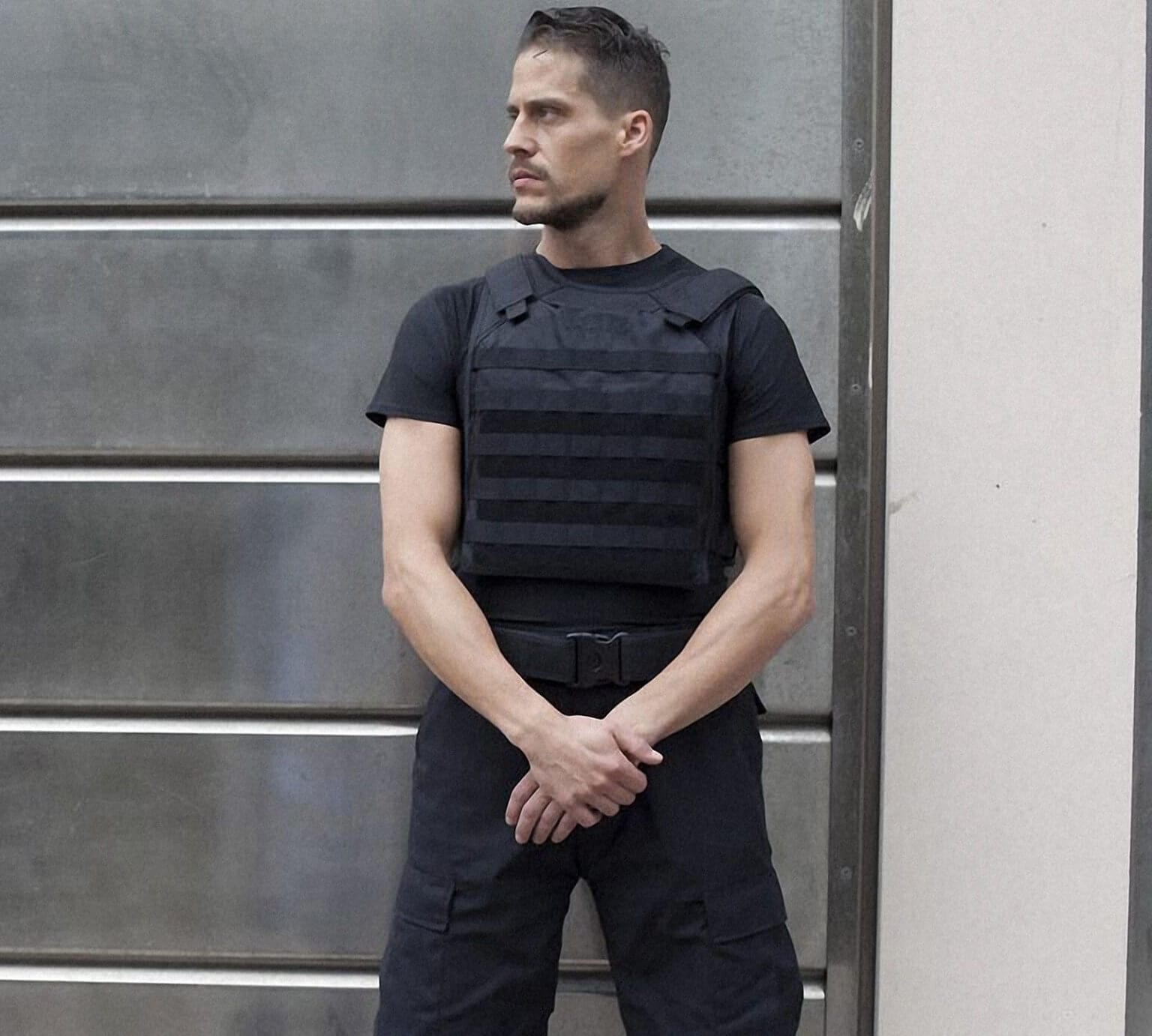Police and defense personnel face dangers on duty every day, which is the reason why body armor is considered essential for them. Over the years, firefighters also have started using them as key tactical gear when they serve in the field. The latest to join the bulletproof brigade is emergency medical service (EMS) squads. The fact that they are amongst the first responders, along with the law enforcement personnel and firefighters, during emergency situations makes ballistic protection equally important for them. Let us know more about body armor for EMS.
Dangers on duty make protection a necessity
Just like the police and firefighters, EMS professionals face dangers all the time. While the police have to be there for restoring law and order, the role of firefighters is to rescue the trapped victims. EMS professionals play a significant role as well because they actually save lives by providing emergency medical services to the injured and evacuating them from the spot. These paramedic professionals are equally likely to encounter violence in the disaster locations or even at the hands of the people they rescue. However, they are at a considerably higher risk because they don’t even realize that they need protection. Obviously, they deserve to be well protected from the dangers that they constantly face in the field and even in the emergency rooms.
It is important to understand the threat levels of ballistic vests
Now that it is clear that EMS personnel definitely require protective ballistic vests, they should be aware of choosing the right ones. Basically, body armor is classified according to the protection they offer against different threat levels. According to the classification levels issued by the National Institute of Justice, soft armor panels are classified as Level IIA, II, and IIIA and offer handgun protection while hard armor panels fall in the category of Level III and IV and provide rifle protection. Further, ballistic vests are also classified as overt and concealable depending on wearability over or under the wearer’s uniform. EMS professionals may not face high threat levels but they still need optimal protection which soft armor can provide.
Comfort and mobility are vital
When it comes to choosing the right body armor for EMS professionals, comfort and mobility are as important as protection levels. After all, these are the factors that the wearers cannot compromise with as their absence can hamper their duty. A vest that is too large and bulky will not be feasible. The best approach would be to find a perfect balance between safety, comfort and mobility. A Level IIIA vest with additional 10” x 12” pockets for Level III hard armor plates is considered ideal because it offers this balance of functionality and protection In case of a high threat situation (active shooter) the Level III hard armor panels can be added to the Level IIIA vest giving the EMS professional protection against high-velocity rounds from assault rifles. Another factor that EMS departments cannot ignore is the cost of ballistic vests they plan to buy for their staff.
With the rising number of shooting incidents and specific violence against EMS professionals, departments have become well aware of providing them the right kind of tactical gear. And this is one investment that can save the lives of paramedics and enable them to perform their duty with greater confidence and commitment.







